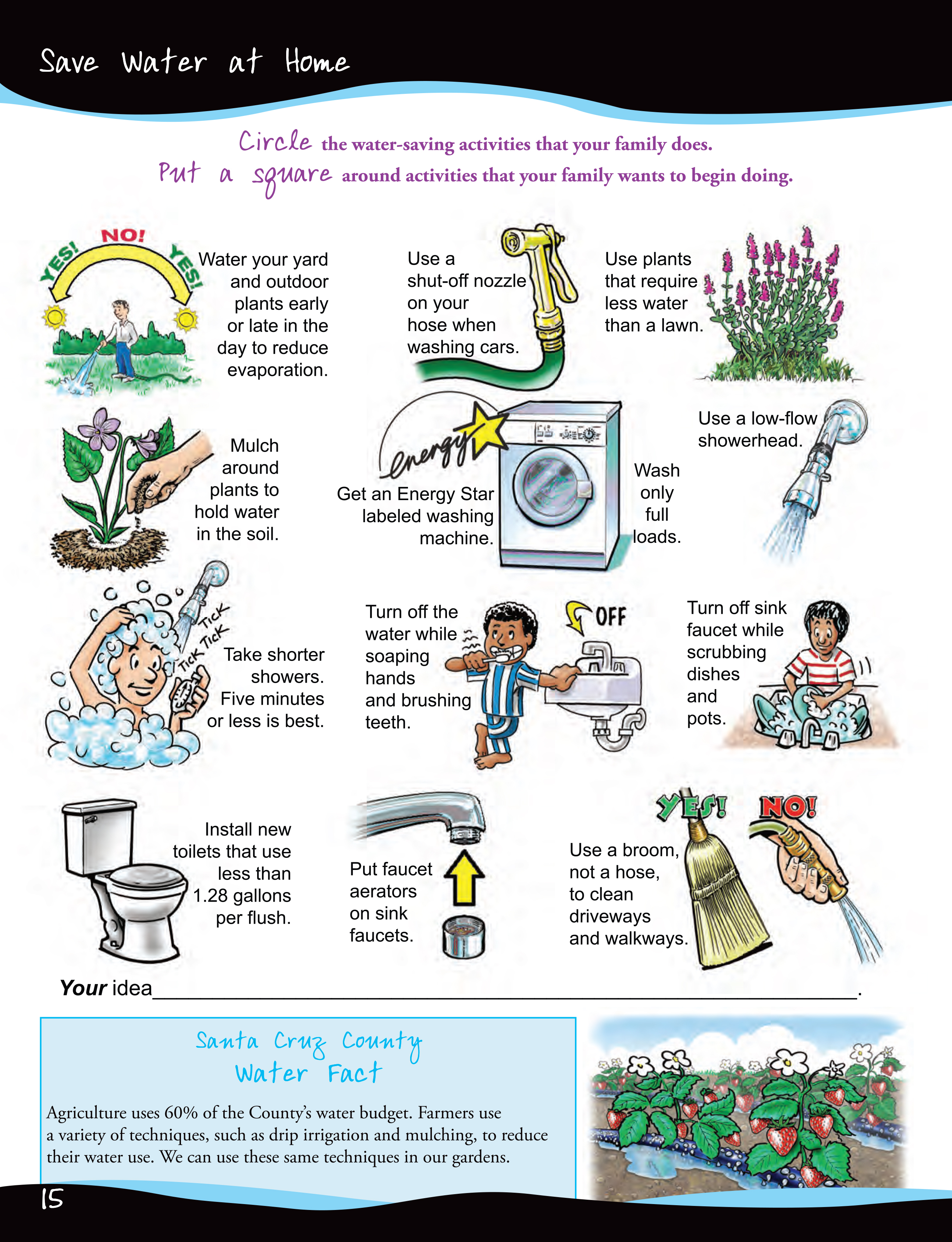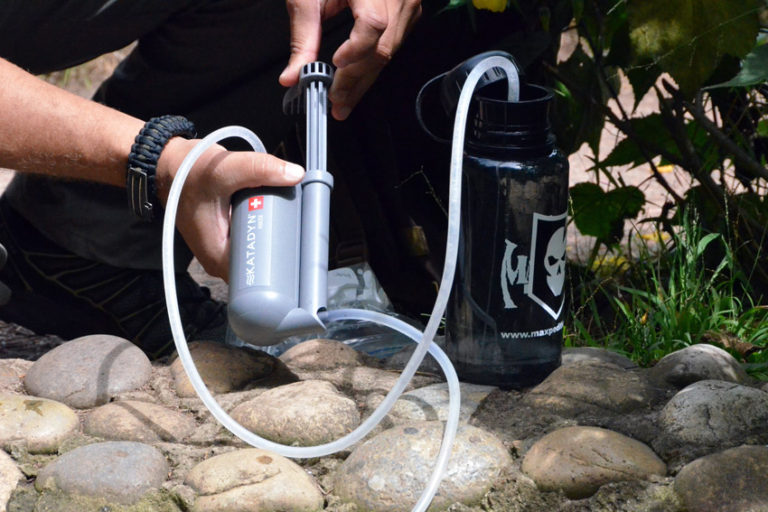

The idea is to use lithium ions to chemically break the metal oxide catalyst into smaller and smaller pieces. To find catalytic material suitable for both electrodes, the Stanford team borrowed a technique used in battery research called lithium-induced electrochemical tuning. That's a significant loss of efficiency.' 'At first the device only needed 1.56 volts of electricity to split water, but within 30 hours we had to increase the voltage nearly 40 percent. 'We built a conventional water splitter with two benchmark catalysts, one platinum and one iridium,' Wang said. Wang and his colleagues discovered that nickel-iron oxide, which is cheap and easy to produce, is actually more stable than some commercial catalysts made of precious metals. 'But our single-catalyst water splitter operates efficiently in one electrolyte with a uniform pH.' 'For practical water splitting, an expensive barrier is needed to separate the two electrolytes, adding to the cost of the device,' Wang said. In conventional water splitters, the hydrogen and oxygen catalysts often require different electrolytes with different pH - one acidic, one alkaline - to remain stable and active. That's an unprecedented water-splitting efficiency of 82 percent at room temperature.' 'This bifunctional catalyst can split water continuously for more than a week with a steady input of just 1.5 volts of electricity. 'Our water splitter is unique, because we only use one catalyst, nickel-iron oxide, for both electrodes,' said graduate student Haotian Wang, lead author of the study. In the new study, Cui and his colleagues advanced that technology further. But in 2014, Stanford chemist Hongjie Dai developed a water splitter made of inexpensive nickel and iron that runs on an ordinary 1.5-volt battery.


A low-voltage current applied to the electrodes drives a catalytic reaction that separates molecules of H2O, releasing bubbles of hydrogen on one electrode and oxygen on the other.Įach electrode is embedded with a different catalyst, typically platinum and iridium, two rare and costly metals. As an alternative, scientists have been trying to develop a cheap and efficient way to extract pure hydrogen from water.Ī conventional water-splitting device consists of two electrodes submerged in a water-based electrolyte. Despite its sustainable reputation, most commercial-grade hydrogen is made from natural gas, a fossil fuel that contributes to global warming.

Hydrogen has long been promoted as an emissions-free alternative to gasoline. 'Our hope is that this technique will lead to the discovery of new catalysts for other reactions beyond water splitting.' 'Our group has pioneered the idea of using lithium-ion batteries to search for catalysts,' Cui said. In an engineering first, Cui and his colleagues used lithium-ion battery technology to create one low-cost catalyst that is capable of driving the entire water-splitting reaction. 'We have developed a low-voltage, single-catalyst water splitter that continuously generates hydrogen and oxygen for more than 200 hours, an exciting world-record performance,' said study co-author Yi Cui, an associate professor of materials science and engineering at Stanford and of photon science at the SLAC National Accelerator Laboratory. The device, described in a study published June 23 in Nature Communications, could provide a renewable source of clean-burning hydrogen fuel for transportation and industry.


 0 kommentar(er)
0 kommentar(er)
